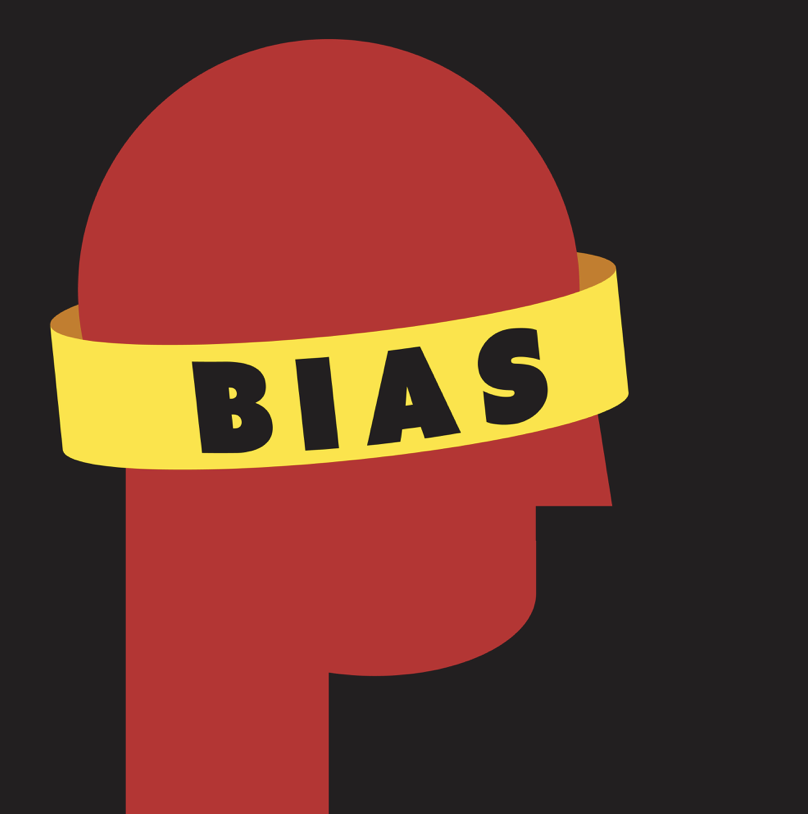How Do We Know? - Part 2: Bias
Touted in the 90s as the ‘information superhighway’, the Internet and interactive new media technologies have come to dominate global communications and how we gain information. Much of what we know comes to us via numerous online feeds - email, RSS, social media. We visit and subscribe to the websites we prefer, and we follow the people, brands and publications we like, trusting them with information we consume, which we assume to be factual and true. In this way, we don’t readily question the information we receive; life is busy and we are saturated with stimuli. In our consumption of information, we like what we like, we follow what we like, and we believe what we like.
igor kisselev / Shutterstock.com
The phenomenon whereby we tend to associate with, and create networks with similar others - around shared interests and viewpoints - is known as homophily (from the ancient Greek homos ‘same’ and Greek philia ‘fondness’, meaning ‘love of the same’). Social media is the best example we have of this tendency at work online. The main actions that drive social media connections are the ‘like’ (the thumbs up), ‘love’ (the heart symbol) and the ‘follow’, and every one of those gestures is factored into algorithms designed to curate and fill our ‘feeds’ with more of the same content and targeted advertisements.
Inherent in these approaches to information gathering - and gathering around information - is a psychological mechanism known as belief bias or confirmation bias, which accounts for our tendency to seek out, interpret, recall and use information that confirms our prior beliefs and values. In her article ‘How Confirmation Bias Works’, Kendra Cherry recounts the 1960s study performed by cognitive psychologist Peter Cathcart Wason - a series of selection experiments known as ‘Wason's rule discovery task’ - which identified the human tendency to prove one’s own hypothesis, even if that hypothesis is wrong. Before the psychology of reasoning, people were thought to reason by logical analysis. Wason’s experiments demonstrated the rather illogical nature of human reasoning known as bias. Benign bias might be understood as an inclination to concentrate one’s interest in a preferred area. Malignant bias assumes the form of prejudice, for ones’s own social group and against other groups and beliefs.
Cherry offers a crucial example of the consequential nature of confirmation bias, as it impacts the political arena and ultimately government: ‘During an election season, for example, people tend to seek positive information that paints their favoured candidates in a good light. They will also look for information that casts the opposing candidate in a negative light.’ Coextensively, confirmation bias is likely to prompt people to ignore negative information about a favoured candidate - information which they are then likely to dismiss as ‘fake news’.
Next Instalment: How Do We Know? - Part 3: Scepticism
